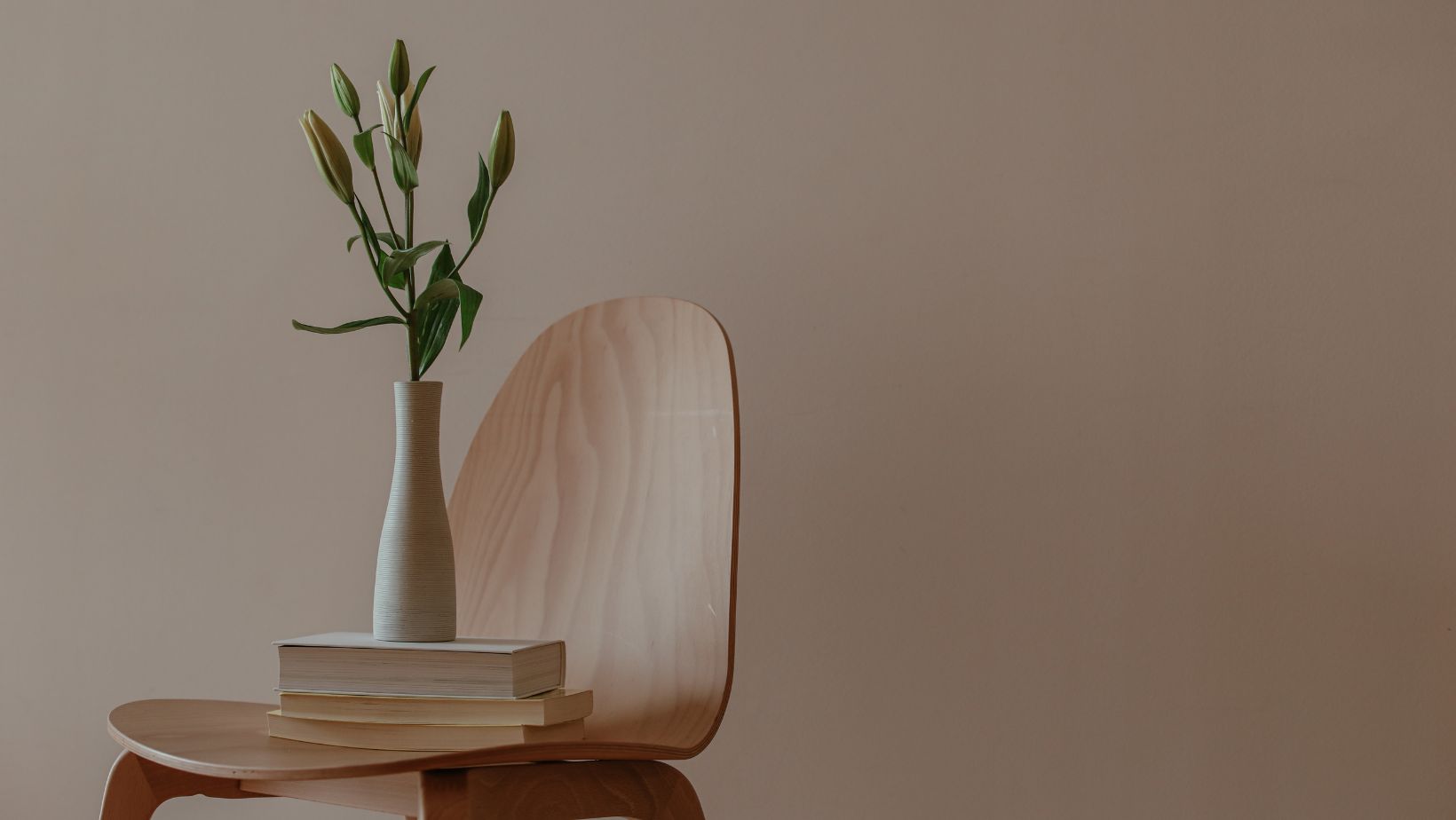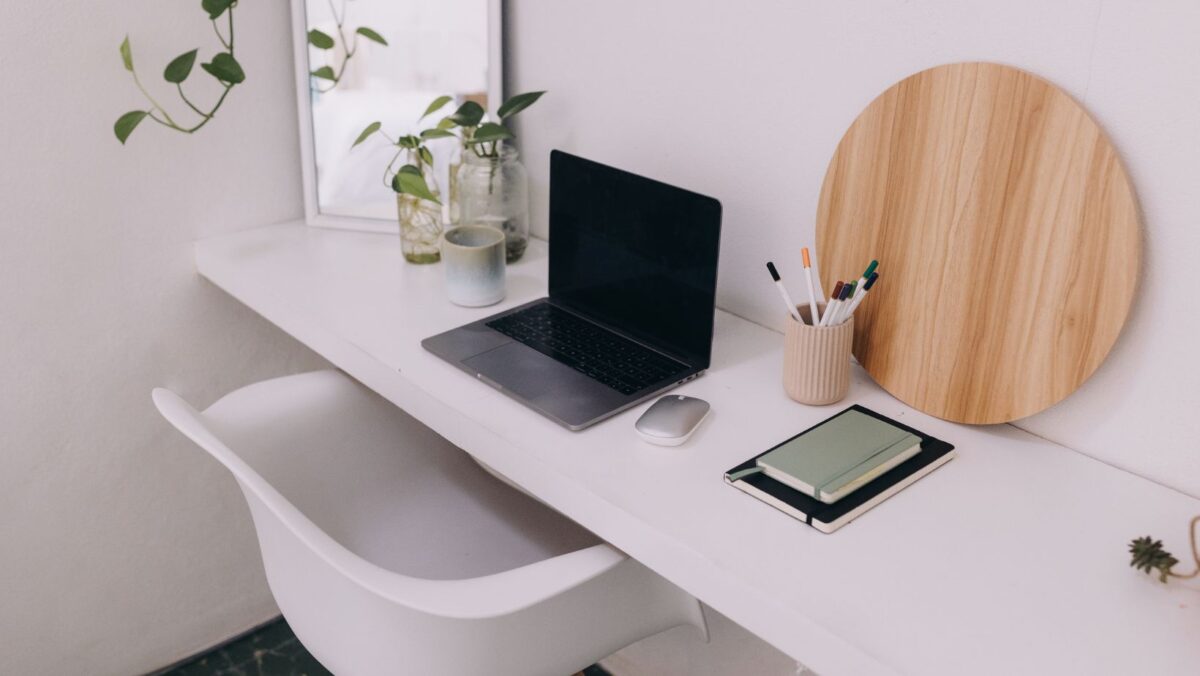When it comes to interior design, the debate between minimalism and maximalism has been a topic of discussion for quite some time. Both styles have their own unique characteristics and appeal to different sensibilities. Minimalism, as the name suggests, focuses on simplicity, clean lines, and a less-is-more approach. On the other hand, maximalism embraces boldness, eclectic combinations, and an abundance of colors and patterns.
Minimalism vs Maximalism
Minimalism is often associated with a sense of tranquility and order. It promotes decluttering spaces and keeping only essential items. The emphasis is on sleek furniture designs with neutral or monochromatic color palettes. Minimalist interiors tend to have an open layout that allows for maximum natural light to create an airy atmosphere.
Maximalism, on the other hand, celebrates individuality and self-expression through design. It’s all about embracing creativity without any restrictions. Maximalist spaces are filled with vibrant hues, intricate patterns, and an eclectic mix of decor pieces. Bold wallpaper designs, statement furniture pieces, and layers of textures are commonly found in maximalist interiors.
Choosing between minimalism and maximalism ultimately boils down to personal preference. Some may find solace in the simplicity and calmness of minimalist spaces while others thrive in the energy and visual stimulation provided by maximalist environments. There is no right or wrong answer; it’s about finding what resonates with you the most.
In this article, we’ll delve deeper into both styles – exploring their key elements, showcasing inspiring examples from real homes around the world – allowing you to gain insights into how each approach can transform your living space according to your desired aesthetic vision.
Minimalism: The Art of Simplification
When it comes to the debate of minimalism vs maximalism, one cannot help but be intrigued by the concept of minimalism and its unique approach to design and lifestyle. Minimalism is more than just a trend; it’s an art form that embraces simplicity, functionality, and purposeful living.
At its core, minimalism is about stripping away the unnecessary clutter and focusing on what truly matters. It’s not merely about having less; it’s about finding contentment in owning fewer possessions and creating space for what brings us joy and fulfillment. This intentional curation allows us to appreciate the beauty in simplicity.
In terms of interior design, minimalism embodies clean lines, neutral color palettes, and uncluttered spaces. Each element serves a purpose while maintaining a sense of harmony. Think of sleek furniture pieces with simple geometric shapes, open floor plans that promote flow and natural light, and carefully chosen decor items that enhance rather than overwhelm.
Moreover, minimalism extends beyond our physical surroundings—it permeates into our daily routines and mindset as well. By embracing minimalist principles in our lifestyle choices, we can prioritize meaningful experiences over material possessions. We learn to let go of excess busyness and focus on activities that nourish our souls.
The benefits of practicing minimalism are numerous. With fewer distractions around us, we can experience increased productivity, reduced stress levels, improved mental clarity, and enhanced overall well-being. By simplifying our lives both physically and mentally, we create space for creativity to flourish.

In conclusion (starting directly without “in conclusion”), minimalism invites us to reevaluate our relationship with material things by fostering a deeper appreciation for what truly matters in life—our relationships, personal growth, experiences,and self-care (keywords). It encourages us to let go of excess baggage so that we may live a more intentional existence filled with purpose and tranquility (variation keyword). So, whether you choose to embrace minimalism or lean towards maximalism, it’s essential to consider the impact of our choices on our physical and mental well-being.
Maximalism: Embracing Abundance
When it comes to home decor and personal style, there are two distinct approaches that dominate the scene – minimalism and maximalism. While minimalism focuses on simplicity and decluttering, maximalism celebrates abundance and embraces a more eclectic aesthetic. In this section, I’ll delve into the world of maximalism and explore why some people find joy in surrounding themselves with an array of colors, patterns, and objects.
Expressing Personal Style: Maximalism allows individuals to express their unique personality through their living spaces. By embracing vibrant colors, bold patterns, and an assortment of decorative items, one can create a visually stimulating environment that reflects their passions and interests.
Creating Visual Impact: Maximalist interiors are known for their eye-catching appeal. Every inch of space is utilized to showcase art pieces, collectibles, or intricate designs. The result is a captivating visual experience that ignites conversation and leaves a lasting impression on guests.
Curating Collections: For those with a penchant for collecting various objects or artworks, maximalism provides the perfect canvas to display these prized possessions. Whether it’s vintage books, antique furniture, or quirky knick-knacks from around the world, maximalist spaces become museums of cherished finds.
Embracing Sentimentality: Maximalist decor often tells a story. Each item has its own significance or sentimental value attached to it – reminding us of past travels, loved ones, or treasured memories. Surrounding ourselves with these meaningful objects creates an atmosphere filled with warmth and nostalgia.
Stimulating Creativity: A maximalist environment can inspire creativity by offering an abundance of visual stimuli. From mixing patterns to experimenting with different textures and styles, this approach encourages individuals to think outside the box when designing their spaces.

While minimalism promotes simplicity as a means of achieving tranquility and mindfulness in our surroundings; maximalism, on the other hand, embraces a more daring and exuberant approach. It’s about celebrating self-expression, embracing the beauty of diversity, and creating an environment that reflects our multifaceted personalities.
In conclusion, maximalism is not just about clutter or excess; it’s a deliberate choice to surround oneself with abundance and embrace the joy that comes from living in a visually stimulating space. Whether you lean towards minimalism or maximalism, both approaches have their own unique appeal and can be tailored to suit individual preferences and lifestyles. So go ahead, let your inner maximalist shine and revel in the richness of a vibrant and eclectic environment!

